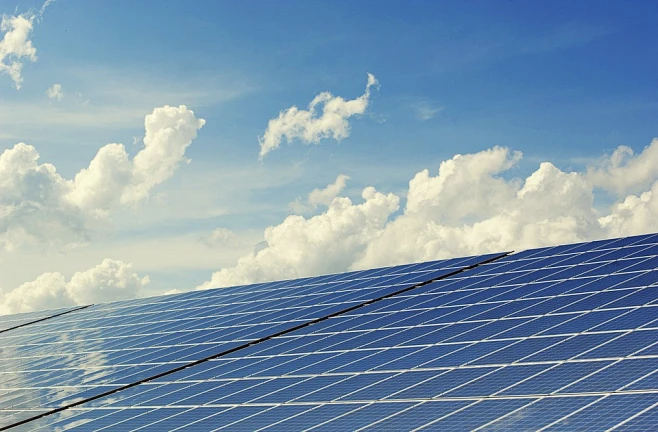New energy storage market trends in 2024
2024-03-30
From the demand side, global off-meter energy storage is still strong. In 2023, China, the United States, and Europe will successively announce an increase in renewable energy construction. In the future, China and the United States will still be the most important markets for global off-meter energy storage.
Among them, the U.S. market has a stronger demand for energy storage due to the highly decentralized and independent regional power grids and old facilities. However, it is limited by factors such as grid connection difficulties, labor shortages, and supply chains. Although there are high investment subsidy incentives, the short-term installed capacity growth will be limited. The speed is limited, and there are still a large number of energy storage projects waiting in line to be connected to the grid. Driven by technological innovation and continuous cost reduction in China, the cost of lithium battery energy storage is approaching that of pumped hydro storage, and the scale of application will continue to expand.
Affected by the dual-carbon strategy and regional energy structure, the demand for off-meter energy storage in Southeast Asia, the Middle East, South Asia, Australia, South Africa, South America and other places is also continuing to grow. It is expected that global installed capacity will still be higher than the shipment growth rate in 2024, and the installed capacity will exceed 130GWh. Global shipments of energy storage systems (before and after the meter) will exceed 160GWh, and global shipments of energy storage batteries will exceed 200GWh.
High expectations for the household storage market in 2023 have led to continued backlog of inventory by channel dealers. Due to differences in demand, installation speed and product certification around the world, different regions present structural inventory distribution. It is expected that industry inventories will be depleted by January 2024 at the earliest and June at the latest. During this period, the household storage installed capacity/shipment ratio will continue to adjust, which will be reflected in the supply chain. Enterprises will gradually return to rationality, and the inventory ratio will fall back to 0.6-0.8 level.
In 2023, the U.S. household savings market will be affected by interest rate hikes and the NEM3.0 policy, and the willingness to install household photovoltaic and energy storage capacity will decline. Interest rate hikes are expected to end in 2024, and the U.S. market still has great growth potential. It is estimated that in 2024, global household storage installed capacity will be 22GWh, and household storage lithium battery shipments will be 25GWh.
Driven by (light) storage and charging, the expansion of industry coverage in the carbon market, and distributed photovoltaic distribution and storage policies, industrial and commercial energy storage is expected to be applied on a large scale in subdivided scenarios. At the same time, the combination of subdivided industries, subdivided scenarios and industrial and commercial energy storage will Further strengthening, the demand for energy storage in typical application scenarios such as zero-carbon parks, port shore power, optical storage direct-to-flexible, petroleum + energy storage, and micro grids continues to expand.




